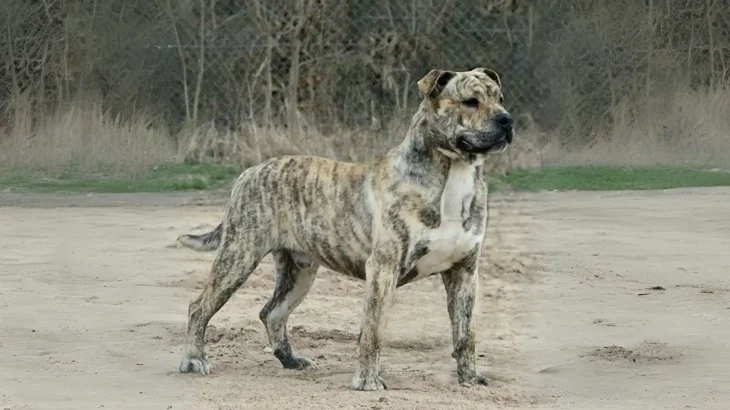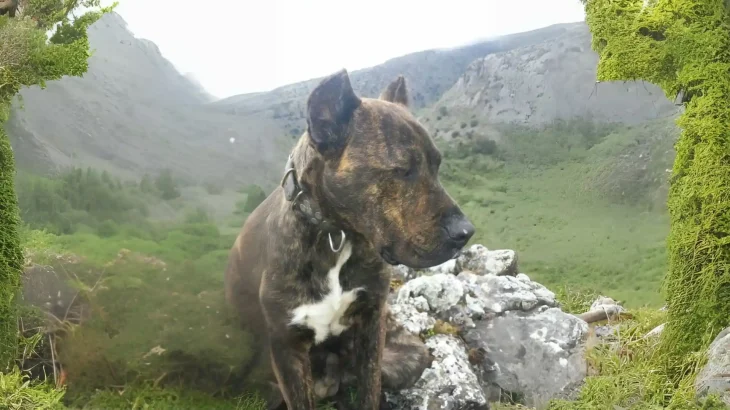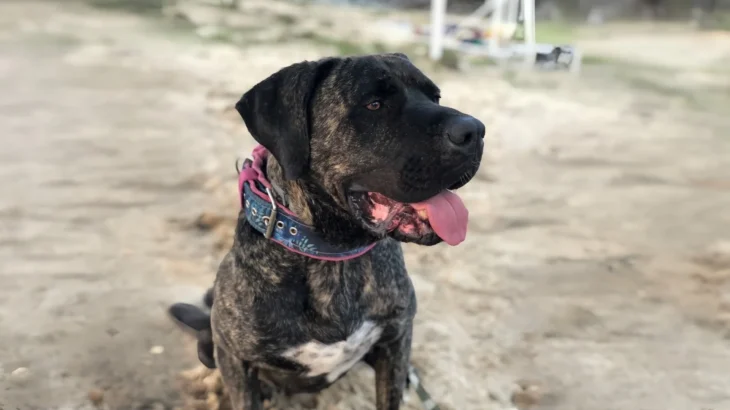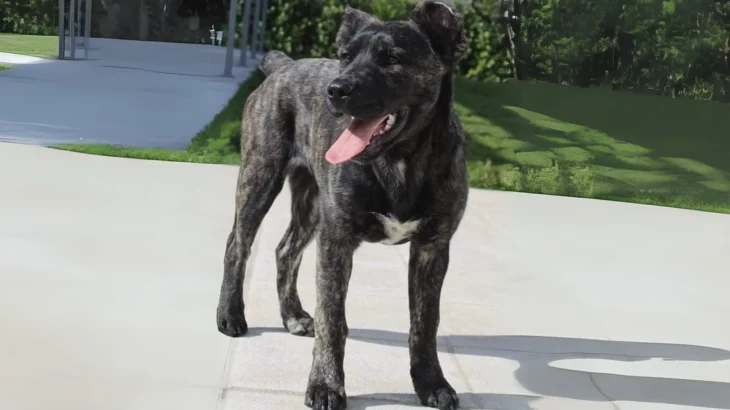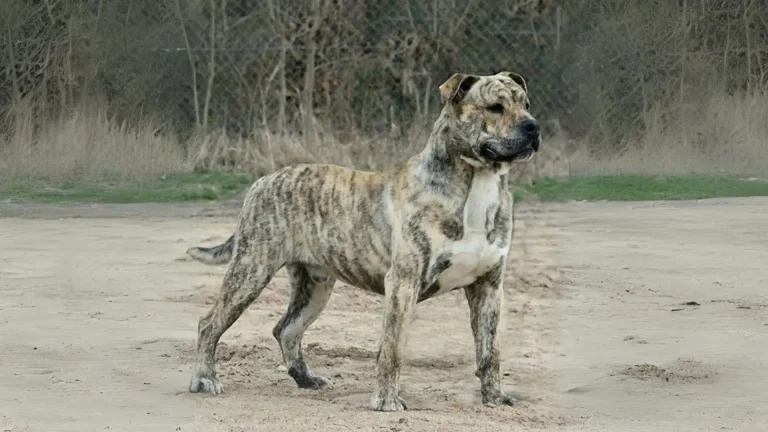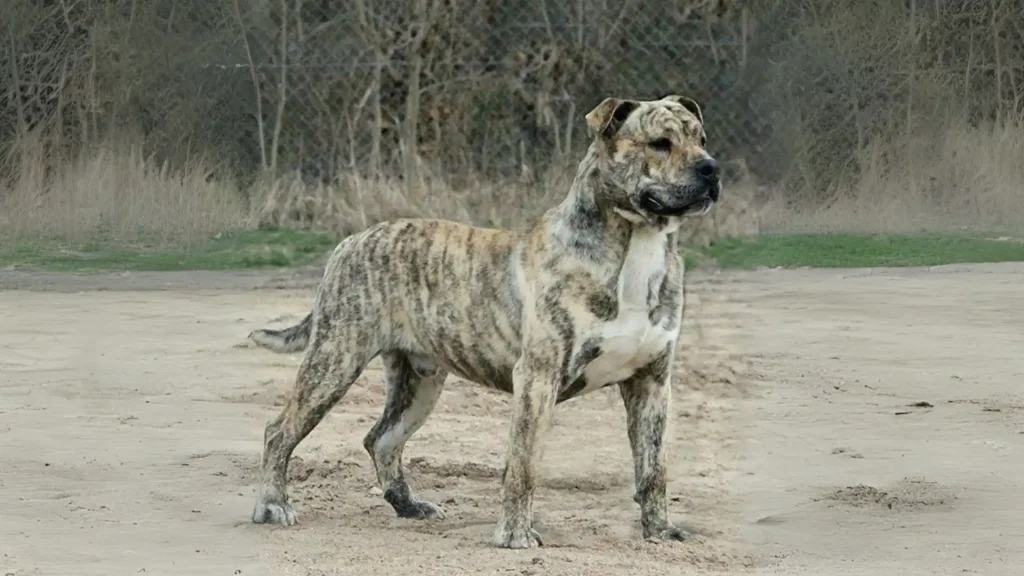Deciding whether to buy a Ca de Bou puppy from a breeder or adopt one is an important choice that depends on your priorities regarding health transparency, cost, and ethical concerns. Buying from a reputable breeder often ensures health clearances and pedigree documentation, while adopting supports giving a home to a dog in need, sometimes with less certainty about background.
Adoption vs. Breeder: Pros & Cons
| Criteria | Buying from Breeder | Adopting from Shelter/Rescue |
|---|---|---|
| Cost | Higher upfront cost (about $700 and up) due to pedigree and health guarantees. | Typically lower fees, often covering initial vet care. |
| Health History | Detailed health records, vet checks, and genetic testing often included. | Health history may be incomplete, though basic assessments are done. |
| Age Availability | Usually available as puppies for early bonding and training. | Dogs of various ages available, not always puppies. |
| Temperament Insight | Breeders can share lineage traits and socialization info. | Shelters provide behavioral observations but background may be uncertain. |
| Supporting Practices | Supports ethical breeding when choosing responsible breeders. | Helps reduce homelessness and supports welfare organizations. |
| Legal Documentation & Ownership Papers | Includes pedigree and vaccination documents confirming breed purity. | Documentation may be limited; breed purity often not verified. |

